Buying a TV is expensive, besides, he acquired a long time. It is therefore important to choose a good current transmission device with high-quality images. Just recently the choice was basically between LCD and plasma models. Now buyers are interested in a better TV - LCD or LED.
These displays are made on LCD technology. The design involves two glass plate electrodes. Between them is a thin layer of liquid crystals. Of these, and is formed with a plurality of screen pixels. Under the influence of an electrical voltage changes the shape of crystals, and they transmit and modify images.
LCD-technology itself does not produce light, so it needs lights, which provide fluorescent lamps of the cold cathode. They look like a ray tubes and placed across the screen. The presence of the backlight LCD monitors are distinguished by LED-TVs.
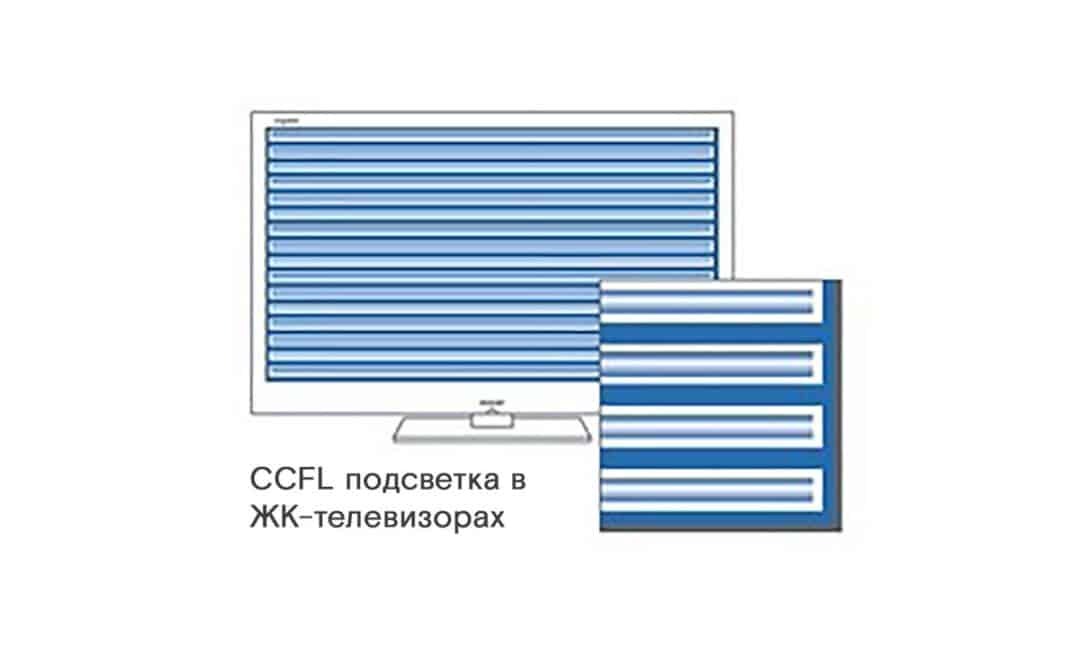
pros
Most of the advantages of LCD screens are associated with improvements over previous technologies.
These include:
- long service life;
- great lineup;
- always have on offer;
- bright screen without static electricity does not attract dust;
- no flickering images;
- Resolution Full HD;
- economical power consumption;
- quiet operation;
- affordable price.
Minuses
Disadvantages can already be compared with LED-technology.
Among them:
- thickness of the panel;
- with increasing viewing angle suffers image quality;
- longer response;
- desaturated black - more like a dark blue.
LED-technology
An upgraded version of LCD monitors. Illumination is carried out by light-emitting diodes.
Currently available two types of such displays - one diodes are arranged uniformly on the reverse side, and in the second - on the sides of the screen. The diode emits lights brighter color, which increases the contrast of the image on the TV screen.
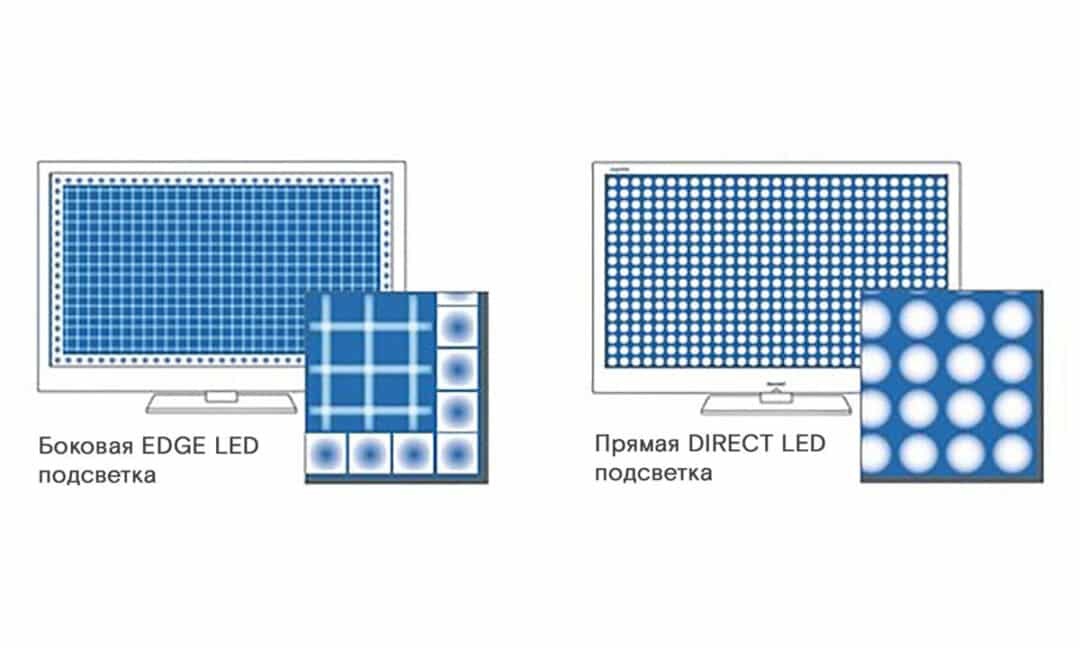
Benefits
All the advantages associated with more innovative solutions.
Can be identified:
- clearer and brighter image;
- realistic three-dimensional image;
- in different parts of the screen, you can adjust the brightness of the backlight;
- low weight and thickness of the shell.
disadvantages
The main disadvantage is the high price.
But there are also others:
- in some devices the screen brightness is non-uniform;
- basically all models large diagonal;
- limited viewing angle.
comparison
Choosing among the two technologies, you should understand the difference between LCD TV from the LED. The difference is not in the same cost, but also in the technical specifications.
Color reproduction
Transfer light diodes in the LED-display device is illuminated more evenly across the screen. This increases the color contrast and saturation of images.
The LCD devices in the formation of black crystals simply blocking the penetration of light. However, there is still a slight gaps, so blackness is still low.
It is also worth considering that the image quality is more dependent on the screen resolution, and not on the technology.
viewing angle
This characteristic depends mainly on the front display glass - what is better, the better the viewing angle. In older LCD models, the figure was less than 45 °. Minimum level LED-equipment - 160 °. In modern technologies both samples vertical and horizontal viewing angle reaches 180 °.
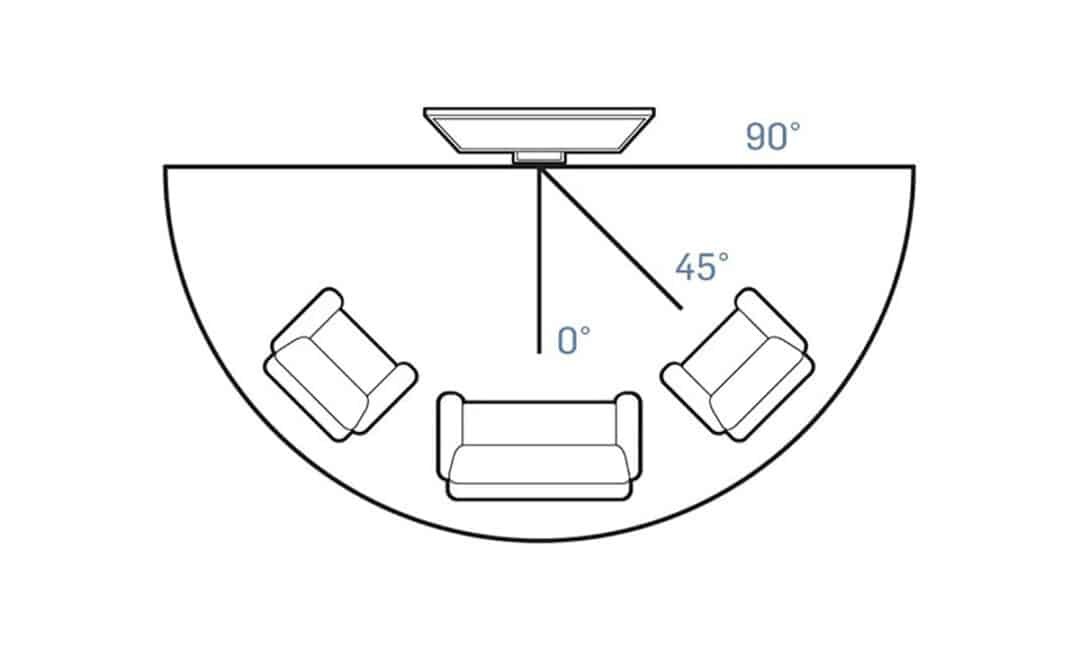
Additional options
TVs with LED technology compares favorably to LCD in the number of different functions.
In LED-models have an opportunity to watch a movie almost like in a movie theater in 3D, connect your computer, smartphone, tablet, game console, there is a Smart TV function. There are all kinds of interfaces. In addition, there is support for different formats of photo, audio and video.
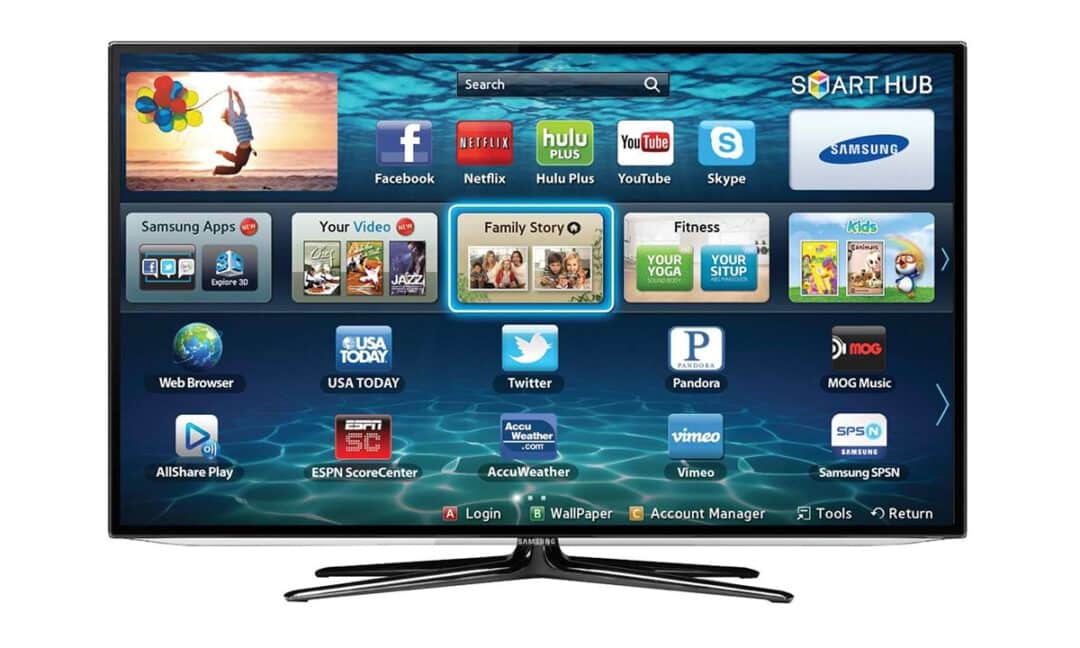
Life time
Diodes durable fluorescent lamps, therefore last longer. In addition, the LEDs can be changed quickly and inexpensively.
According to statistics, if the LED-display will work an average of 8 hours a day, it will last at least 30 years. LCD-device at the same load will last about 20 years. But it is different in the absence of mechanical damage.
Energy consumption
For lighting LEDs do not need a special power converters. In this circuitry is present only current limiter, and the energy consumption is small.
To ensure sufficient brightness in the classic LCD TVs lamps require high voltage DC network, and LEDs provide bright colors, working on low voltage. Therefore LED-economical model.
Environmentally friendly
When disposing of TVs with LED-technology almost do not harm the environment because they do not have LED mercury contained in the LCD-backlight units.
Thickness
LED-panel is thinner and lighter. These dimensions are achieved through compact diode - they take up much less space than fluorescent lamps.
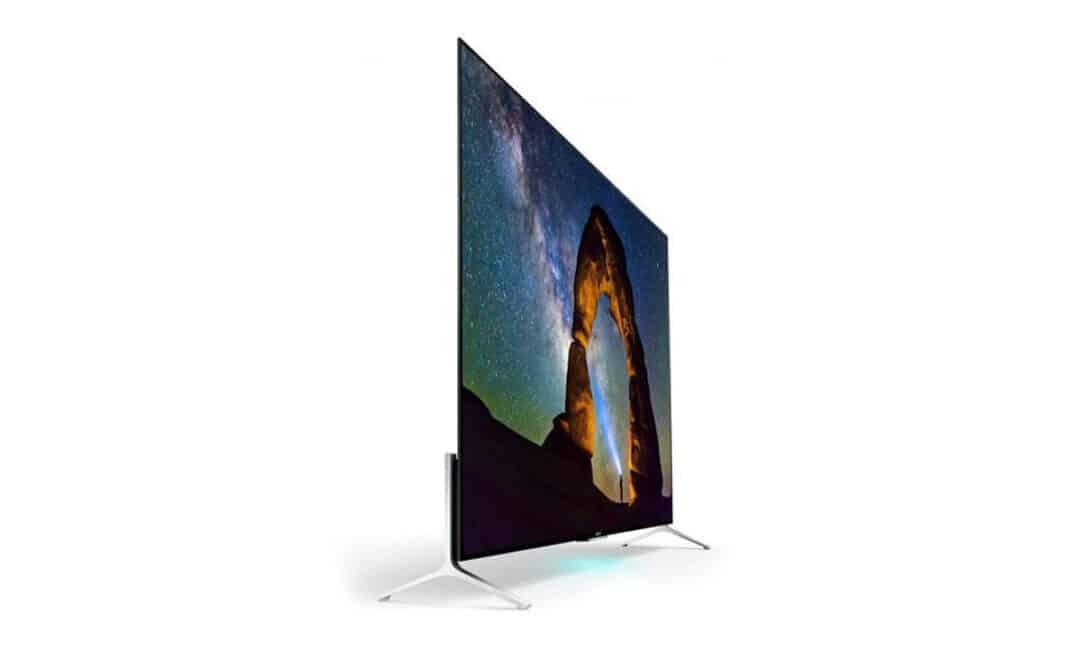
Price
TV will also have to choose based on price. Liquid crystal models of their cheaper counterparts better. This is the main advantage over LCD LED.
Besides all the above, to realize that the best of two technologies, we must proceed from the purchase purposes. When selecting a model to a small room, or the kitchen is to give preference to the LCD because they are small in a very affordable price. For frequent viewing of films in the large hall is better to take LED-TV.



